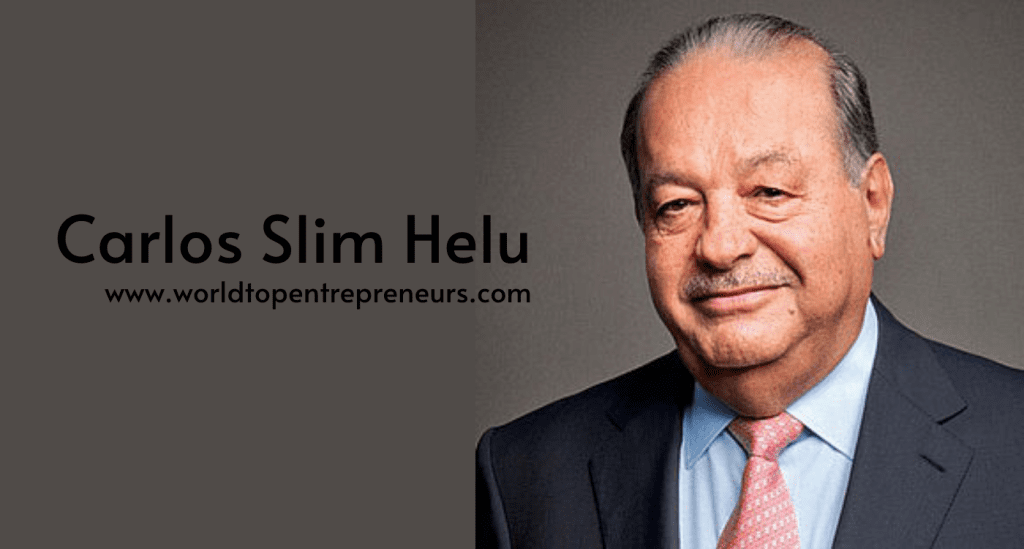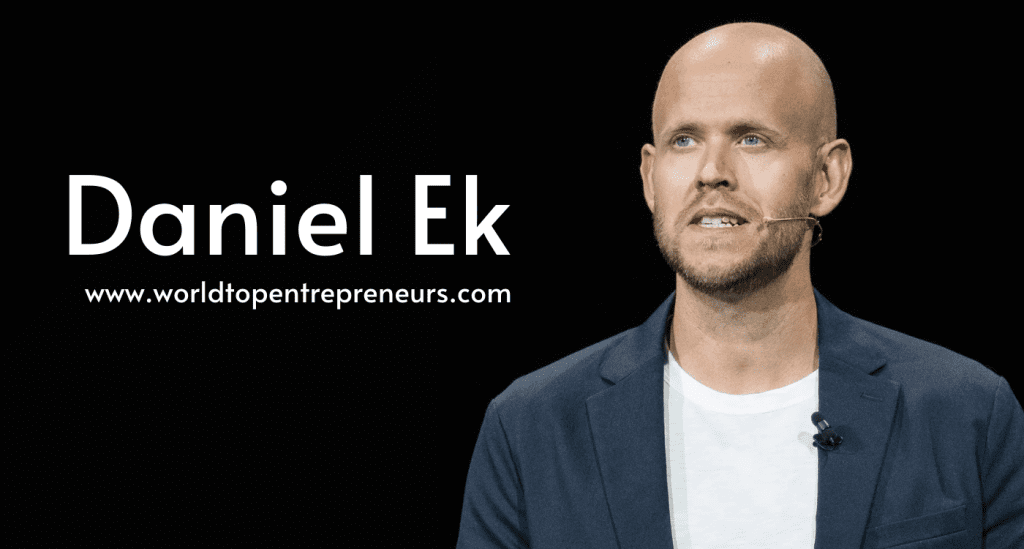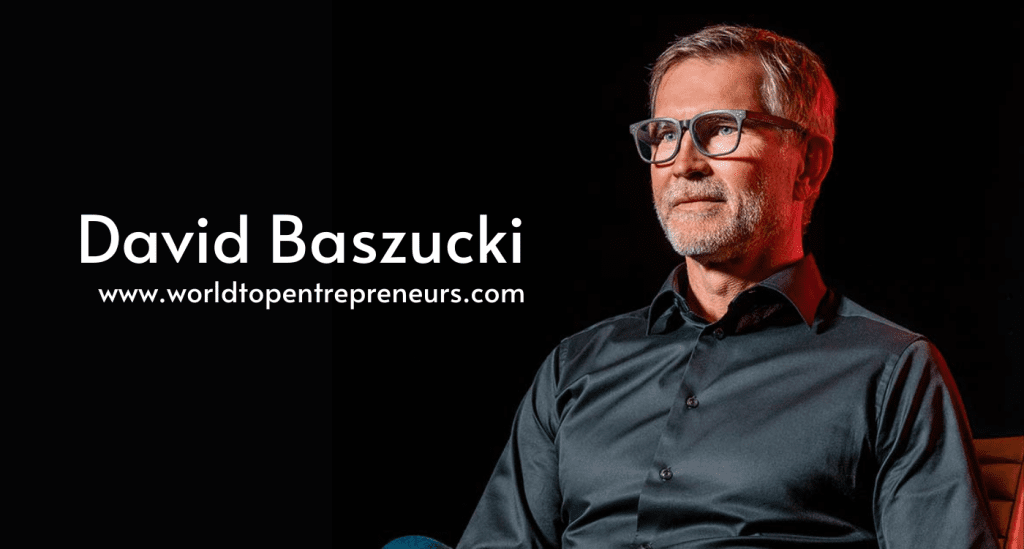Danielle Fong is a visionary entrepreneur, scientist, and the co-founder of LightSail Energy, a company focused on renewable energy storage solutions. Through her work with LightSail, Fong has become a recognized leader in the energy technology space, with a goal to revolutionize the way we store and use renewable energy. She is an example of how innovative thinking and a passion for sustainability can drive entrepreneurship in emerging industries.
Fong’s journey as an entrepreneur is a story of ambition, dedication, and resilience in the face of challenges. In this blog, we will explore her entrepreneurial journey, educational background, the creation of LightSail Energy, the struggles she faced, the successes she achieved, and the significant impact her company is making in the energy sector.
Early Life and Educational Background
Danielle Fong’s interest in science and technology began at a young age. Born in Canada, Fong was raised in an environment that encouraged curiosity and intellectual exploration. From an early age, Fong exhibited a keen interest in understanding the world around her. Her natural curiosity and drive led her to pursue a career in science, particularly in fields related to physics and engineering.
Fong attended Dalhousie University in Halifax, where she began her studies in engineering physics. Her passion for physics and problem-solving led her to transfer to Princeton University, where she continued her education at the prestigious institution. At Princeton, she quickly gained attention for her exceptional intellect and scientific talents. At just 19 years old, Fong was admitted to Princeton’s graduate program in plasma physics, a rare achievement for someone so young.
Her time at Princeton was pivotal in shaping her entrepreneurial journey. While at the university, Fong became captivated by the challenge of energy storage—specifically, the limitations of existing battery technologies and the barriers to more efficient and sustainable energy systems. This interest would eventually drive her to pursue solutions in the emerging field of energy storage technology.
The Founding of LightSail Energy: Tackling Energy Storage Challenges
In 2009, Fong co-founded LightSail Energy, with the vision of solving one of the greatest challenges facing the renewable energy industry: the ability to efficiently store energy produced by solar, wind, and other renewable sources. The problem of energy storage has long been a barrier to the widespread adoption of renewable energy. While the world has made significant progress in generating clean energy, storing that energy efficiently for use during periods of low production has remained a critical issue.
Fong and her co-founder, Bill Gross, set out to create a revolutionary new type of energy storage technology that would allow renewable energy to be stored in an affordable and sustainable way. Their focus was on developing an alternative to traditional battery technology, which had limitations in terms of efficiency, cost, and scalability.
The Technology Behind LightSail Energy
LightSail Energy’s approach centers on compressed air energy storage (CAES), a method that stores energy by compressing air and then releasing it to drive turbines when needed. Fong’s innovation lay in developing a low-cost, high-efficiency way to store energy using this method. The system operates by compressing air in a large chamber using renewable energy sources (such as wind or solar) during times of excess energy production. When energy demand is high, the stored compressed air is released to power turbines and generate electricity.
This technology is seen as a potential game-changer in the energy sector, as it provides a scalable, sustainable solution to the problem of energy storage. By using abundant, non-toxic materials and leveraging existing infrastructure, LightSail Energy’s storage system could make renewable energy more reliable and accessible.
Breaking New Ground in the Energy Sector
When LightSail Energy was first founded, it was an early player in the field of compressed air energy storage. The company’s mission was bold and ambitious—revolutionizing energy storage to transform the global energy system. Fong and her team worked tirelessly to develop a prototype that could prove the viability of the technology and demonstrate its potential.
Their work caught the attention of investors, and in 2010, LightSail secured $37 million in funding from investors such as Bill Gates and Venture Partners. This investment was a significant milestone for the company, allowing them to scale up their operations and further develop the technology.
Struggles and Challenges
As with any innovative startup, the journey to success was not without its challenges. Fong faced several hurdles along the way as she worked to bring her vision for LightSail Energy to life.
Technical Hurdles in Development
One of the primary struggles that LightSail faced was the technical complexity of developing a cost-effective and efficient energy storage system. Compressed air energy storage is a concept that has existed for years, but making it practical and scalable on a global level was no easy feat. The company had to deal with a number of engineering challenges, including improving the efficiency of the compression and expansion processes and minimizing energy losses during storage and retrieval.
Moreover, since energy storage systems are often capital-intensive, the team faced the challenge of developing a cost-competitive solution that could stand up to other methods, such as lithium-ion batteries. Balancing the cost of research and development with the need to create a product that could eventually disrupt the industry was a difficult proposition.
Market and Investor Pressure
As the technology developed, LightSail Energy encountered the challenge of securing consistent funding while simultaneously responding to pressure from the market and investors. In 2012, despite significant breakthroughs in the technology, the company faced financial difficulties that resulted in a shift in its business strategy.
In 2013, after several years of hard work and technical innovation, Fong made the difficult decision to step down as CEO of LightSail Energy. This decision allowed the company to take a new direction under new leadership while still continuing to pursue its mission of revolutionizing energy storage.
Successes and Achievements
While the road was rocky, LightSail Energy has made significant strides in advancing energy storage technology and promoting renewable energy solutions. The company’s work has been recognized as one of the more promising technologies in the field of energy storage.
Advancing Energy Storage Technology
Despite the setbacks, LightSail Energy achieved several technical milestones, including the development of their prototype storage system, which was able to demonstrate the feasibility of compressed air energy storage. The company’s innovative technology has positioned it as a potential leader in the growing renewable energy space.
Partnerships and Acquisitions
In 2017, LightSail Energy was acquired by Nest Labs, a company focused on home automation and energy efficiency products. This acquisition allowed LightSail to further its mission of creating a smarter, more sustainable energy system, integrating its energy storage technology into Nest’s suite of smart home products. Through this acquisition, Fong’s vision of improving energy storage became part of a larger technological ecosystem, providing the company with additional resources to push its innovations forward.
Recognition and Legacy
Danielle Fong’s achievements in the renewable energy sector have not gone unnoticed. She has been featured on several prominent lists, including Forbes 30 Under 30 and Fast Company’s Most Creative People in Business. Her work has earned her recognition as one of the leading innovators in the energy technology field, and she continues to inspire entrepreneurs who are looking to use their skills and creativity to solve global challenges.
The Future of Energy Storage
Although Fong is no longer directly involved with LightSail Energy, her contributions to the energy storage industry have left an indelible mark. The growing demand for renewable energy combined with advancements in energy storage technology ensures that Fong’s legacy will continue to impact the future of energy systems.
In addition to her work at LightSail, Fong is actively involved in other ventures related to science, technology, and sustainability. Her journey is a testament to the power of innovation, resilience, and the determination to create a positive impact on the world.
Conclusion
Danielle Fong’s entrepreneurial journey is a remarkable example of how visionary thinking, scientific knowledge, and determination can lead to breakthrough innovations. Through LightSail Energy, she has helped to push the boundaries of energy storage technology, bringing us closer to a future where renewable energy can be stored and utilized more effectively.
Her journey is filled with challenges, but Fong’s commitment to sustainability, her innovative mindset, and her determination to solve pressing global problems have made her one of the most influential entrepreneurs in the energy sector. As energy storage technologies continue to evolve, Fong’s contributions will undoubtedly remain central to the future of clean energy and the global transition to sustainable power solutions.





















